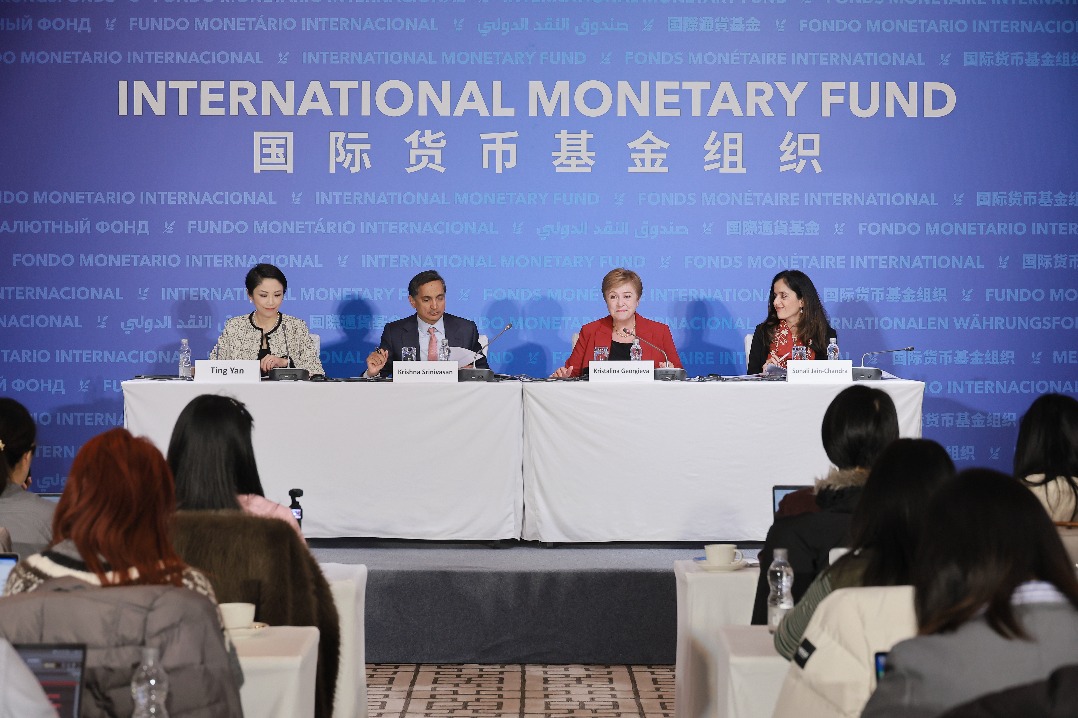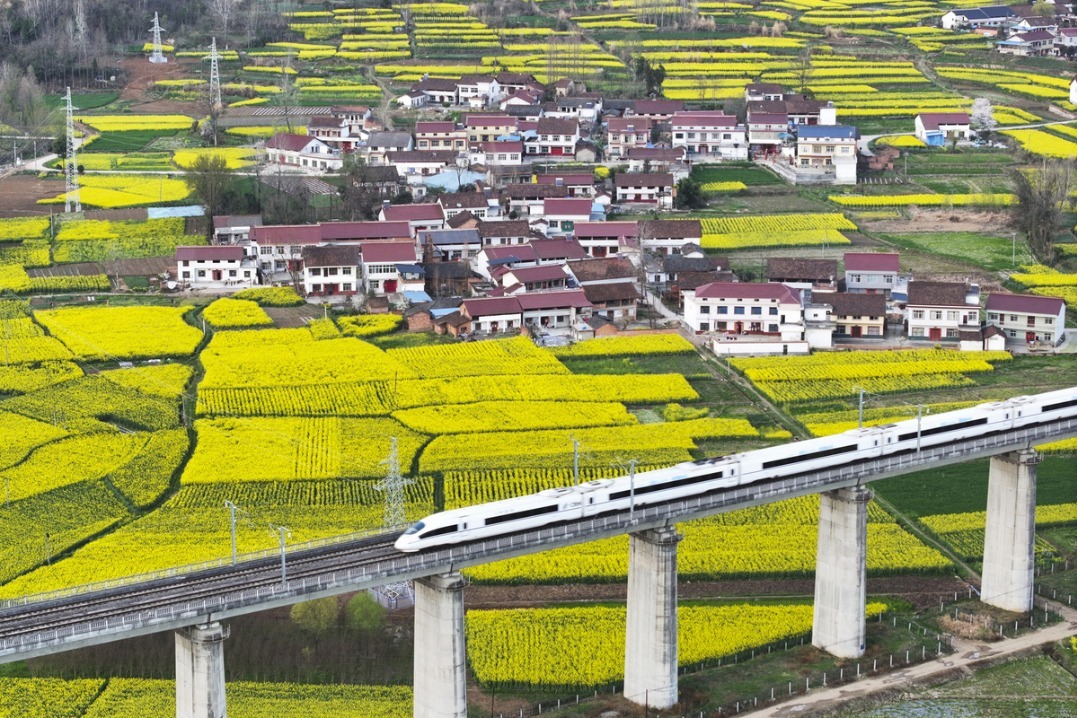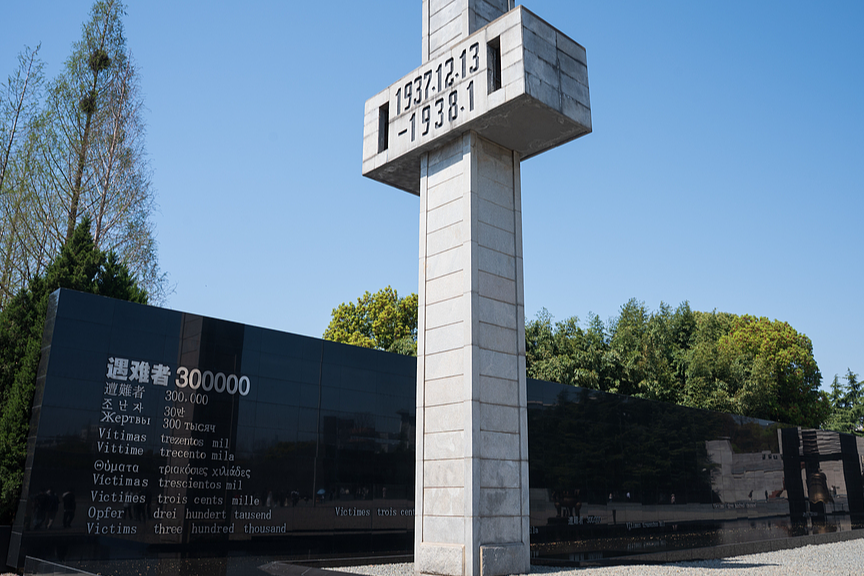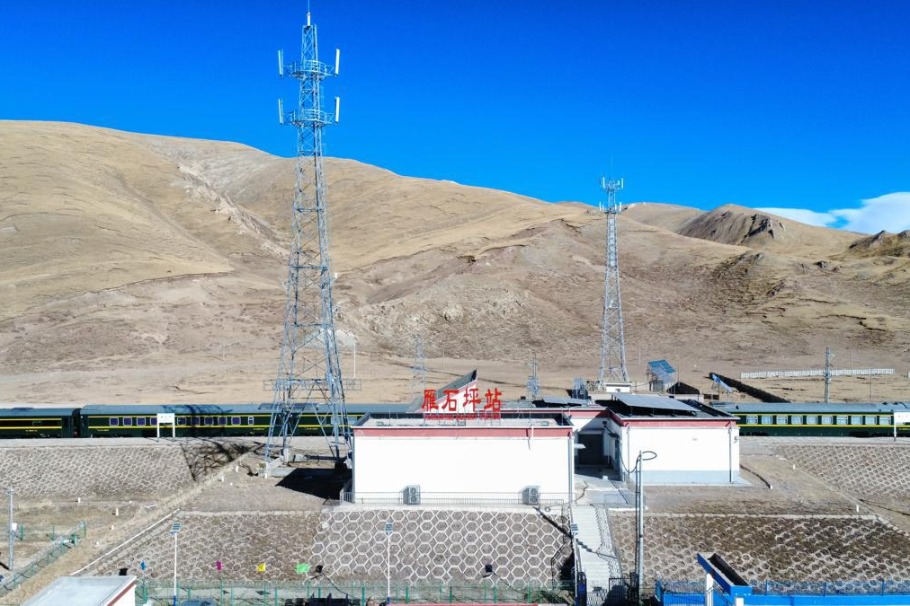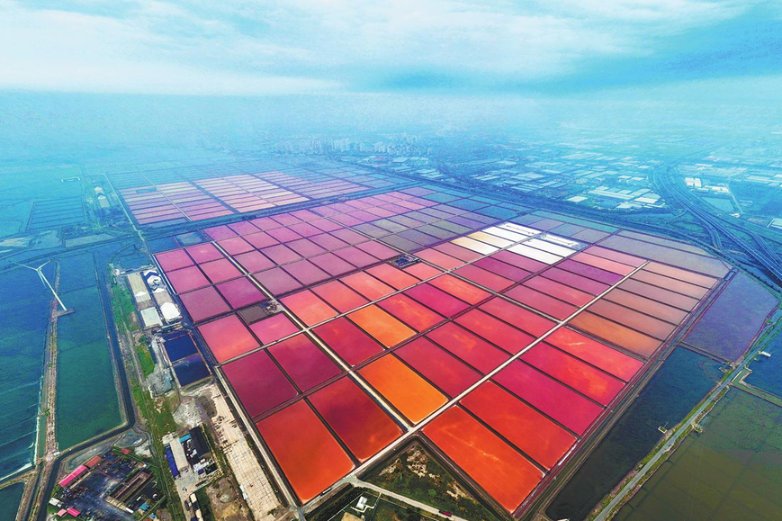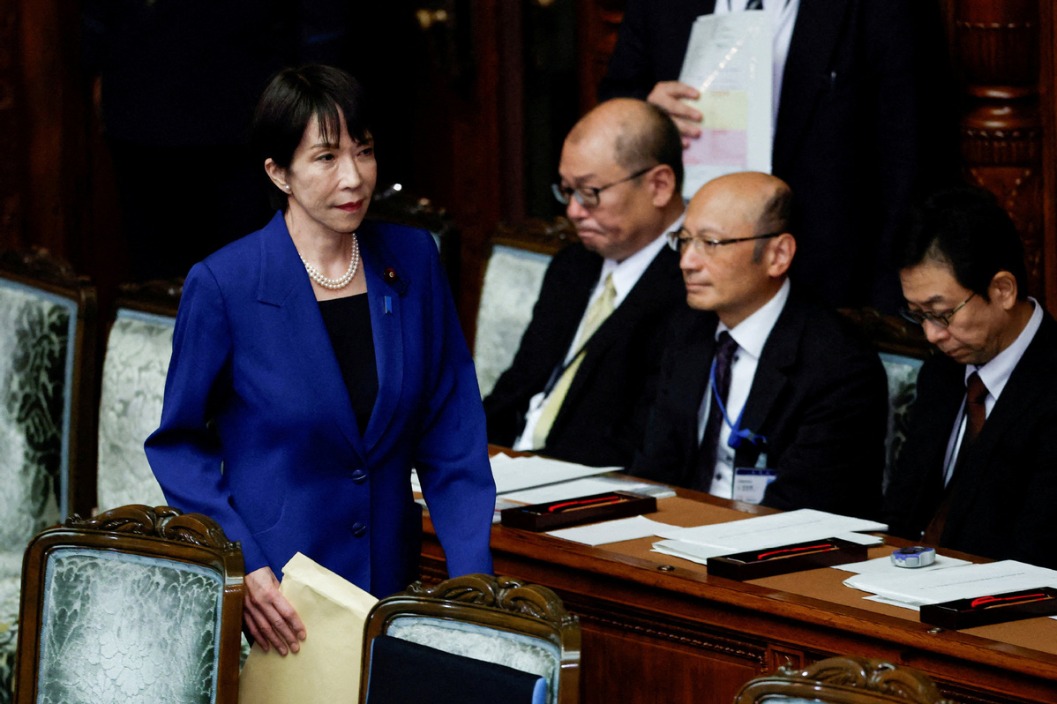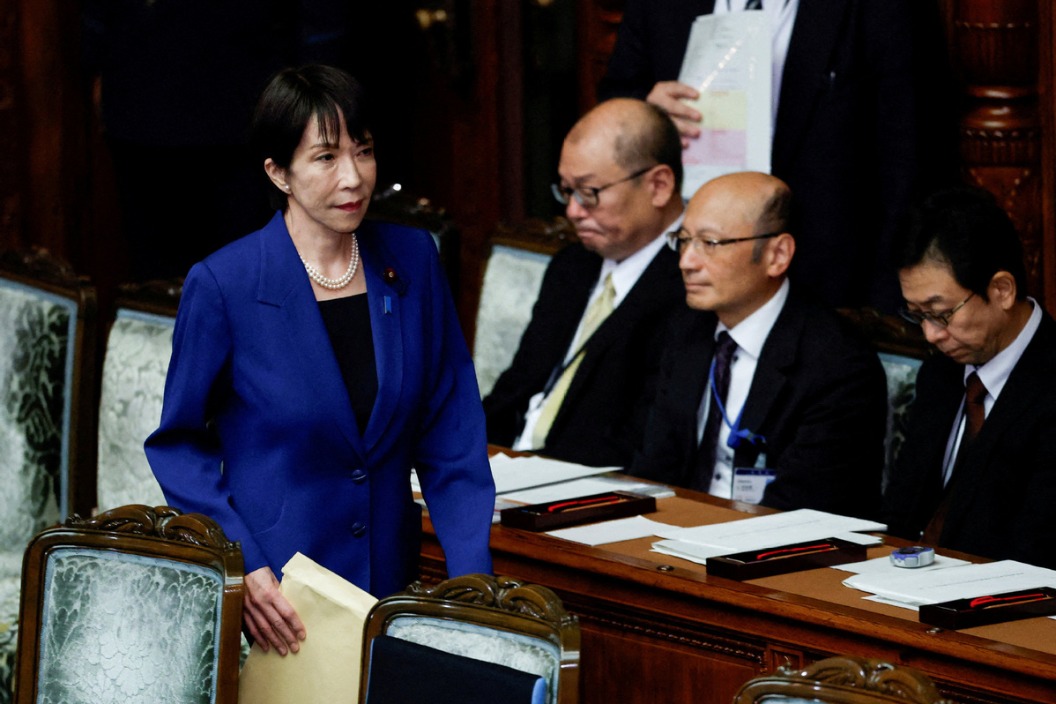Changed beyond recognition in 40 years

At the end of the 1970s, when China was just starting to reform and open up to the world, China's foreign exchange reserves were barely more than $100 million. At an internal meeting in Beijing, late leader Deng Xiaoping tried to inspire the audience: Imagine! One day China may have a foreign reserve of $10 billion! How much can we do with that much of foreign reserve! Few thought that was possible.
Forty years later, China's foreign reserves are more than $3 trillion, after peaking close to $4 trillion. Likewise, almost in all other respects of economic and political life in China, profound transformation has taken place. China today is beyond recognition and imagination compared with 40 years ago.
During my first visit to the United States in 1984, I realized China was way behind the US in many respects. US cities were all lit up at night, cars were everywhere, and telephones were almost on every street corner. China had little power, few cars and few paved roads. Chinese cities were mostly dark at night. There was a lack of capital, technologies, and manufacturing capacities. At that time, Hong Kong had more telephones than the Chinese mainland as a whole.
Today, China is the world's largest economy by purchasing power parity and the second-largest economy by official exchange rate. China is the largest manufacturing and largest trading country, and the largest consumer market in the world, and has become the largest trading partner of more than 120 countries.
In terms of production of cars, steel, cement, chemical fiber and more than 100 other major products, China is the largest producer in the world, and in many cases accounts for more than half of the global production. China is in a leading position in artificial intelligence, robots, drones, shipbuilding, bridge building, highways and railways, space and deep sea research, and many other new and traditional sectors.
The country has also become an important champion of free trade, globalization, shared destiny of humankind, and the Belt and Road Initiative designed to strengthen and expand trade by building all kinds of infrastructure for connectivity in the world.
The transformation of China over the past 40 years is total, complete, profound and unprecedented. Besides, the transformation of China has also been well envisioned, planned, structured and properly executed. In a sense, China has been moving in the overall direction of reform and opening-up, as envisioned and engineered by Deng Xiaoping 40 years ago.
Many people wonder how China made such great achievements. What is the secret recipe? What is the Chinese model?
In short, pragmatism, realism, eagerness to innovate, and keeping faith in our own tradition and heritage while learning everything good and positive from the practices of other countries and cultures have helped China to navigate through the past 40 years.
But of crucial importance is the need to maintain stability at home and keep peace abroad. Unlike some major countries which have wasted hundreds of billions of dollars in waging one war after another over the past 40 years, China has devoted its resources and attention to building infrastructure and manufacturing capacities and improving the living standards of the people.
What next?
In the new era of socialism with Chinese characteristics headed by President Xi Jinping, China is still in the middle of total modernization, industrialization, urbanization and globalization.
China needs to push for more innovation and creativity, and needs to pay greater attention to environmental protection, and improving the quality of people's lives, as well as social justice and transparency and accountability of the government. China needs to relentlessly fight against corruption of all forms.
China is now pushing ahead with its development goals all the way to the middle of this century. By then, China will become a highly developed and modernized country in all respects with far better living standards for the Chinese people. It is important to emphasize here that China's continued growth and development are not just for its own benefit, but for the benefit of the world at large.
In pursuing its growth and development, China is committed to creating win-win propositions for its trading partners across the world and building a community of shared future for humankind.
The author, an English-language interpreter for Deng Xiaoping in the 1980s, is chairman of China Energy Security Institute and vice-president of the Center for China and Globalization.
















